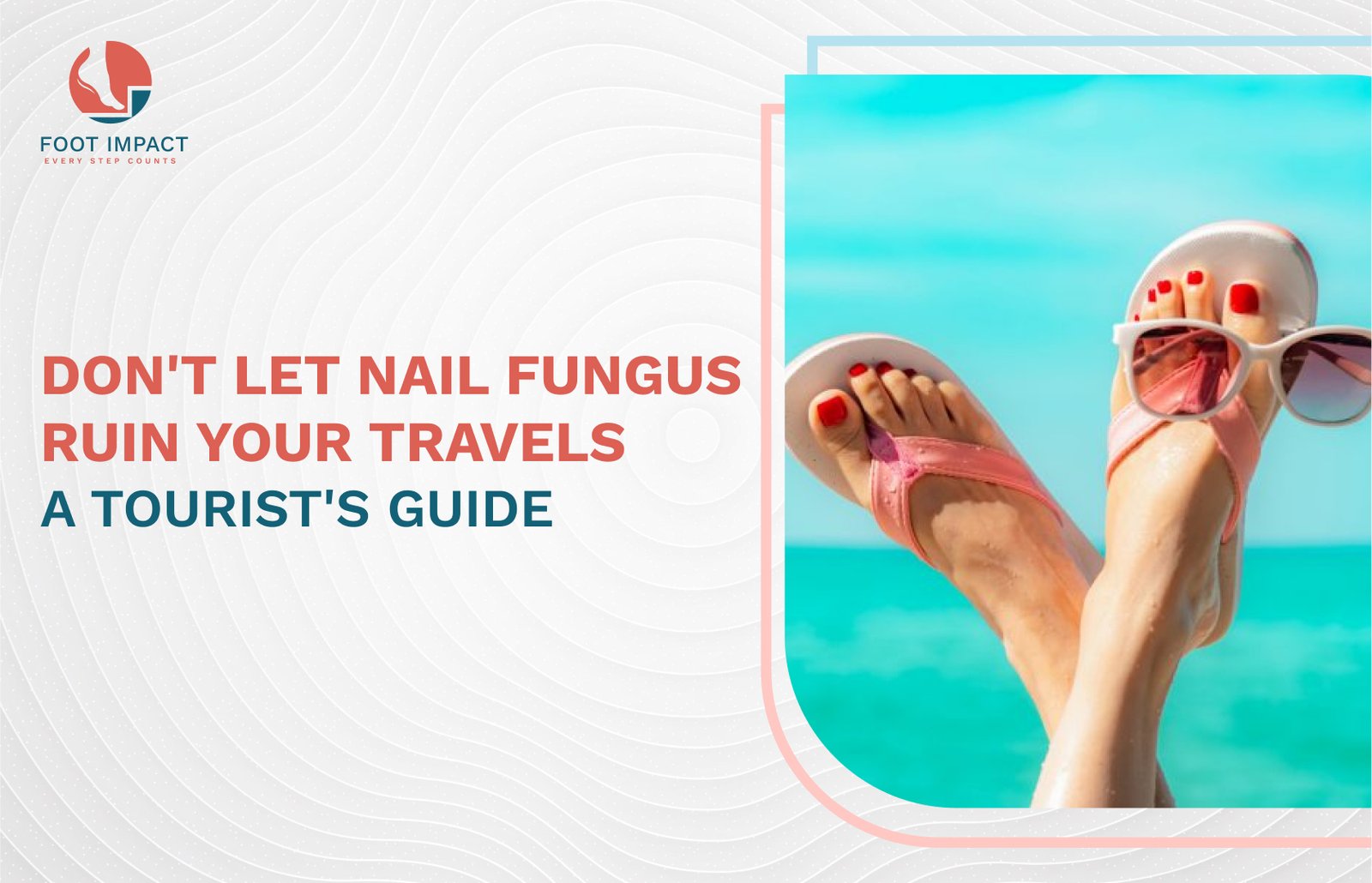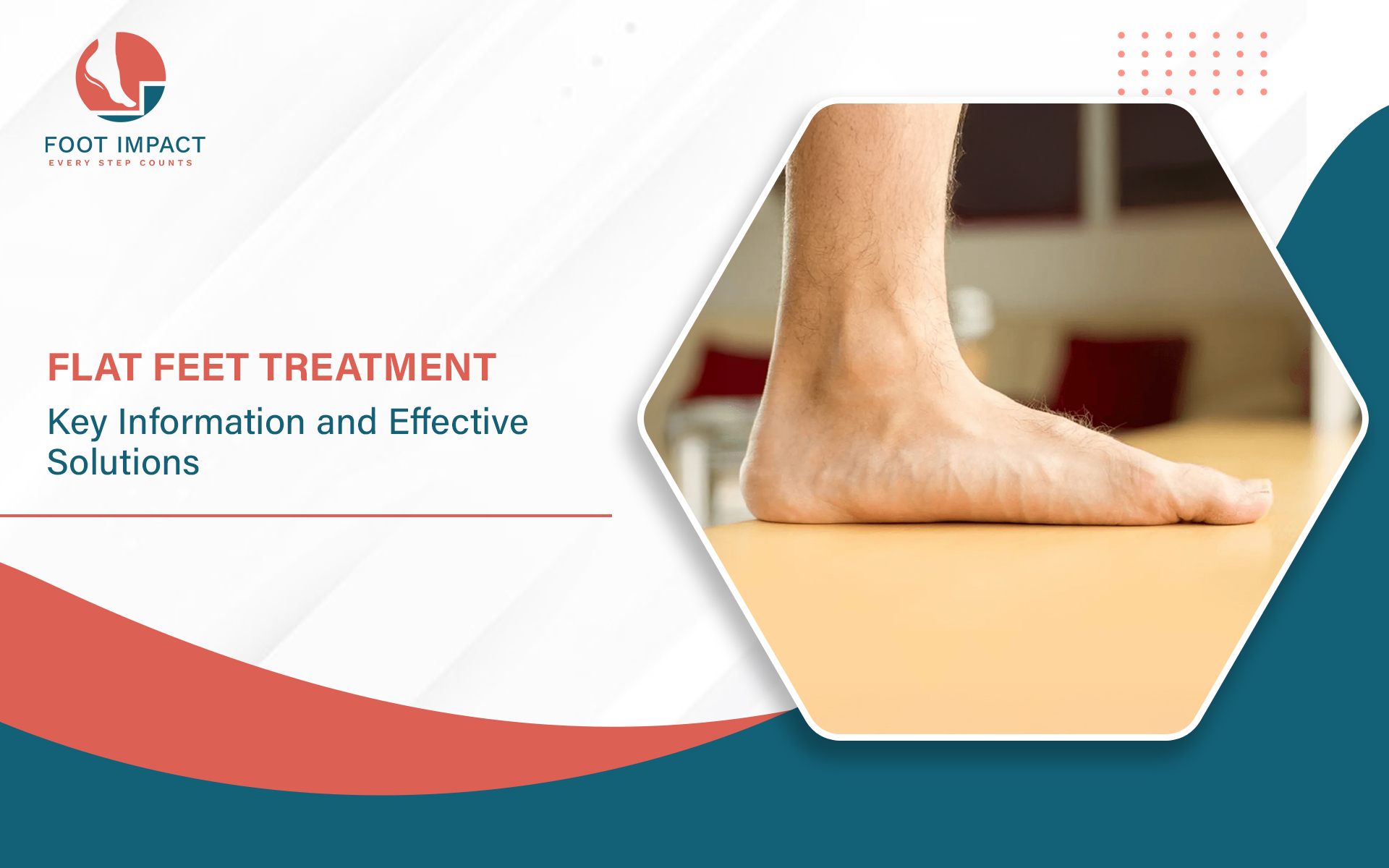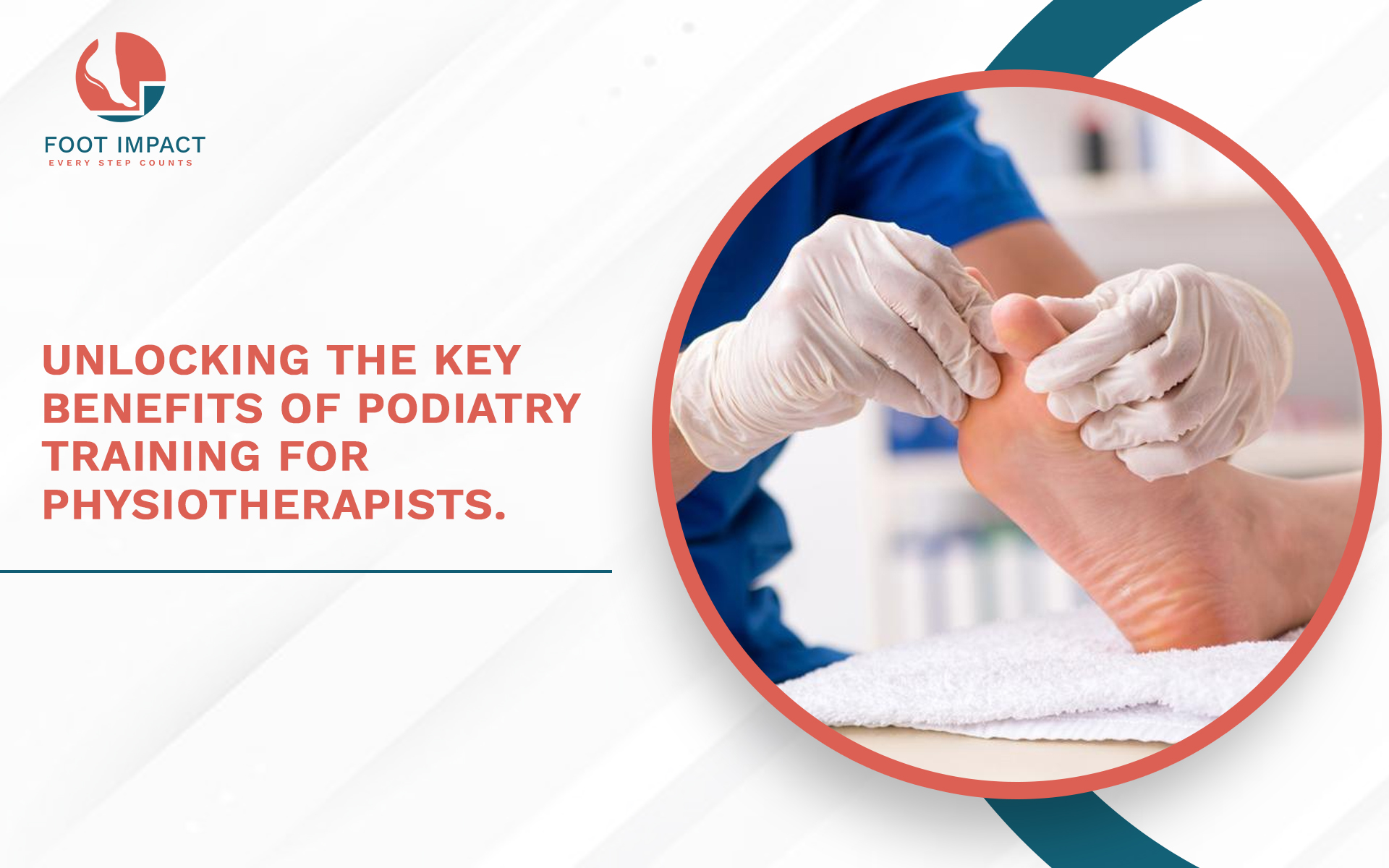Don't Let a Fungal Nail Infection Derail Your Adventure: A Traveller's Comprehensive Guide
There's nothing quite like the thrill of exploring a new destination. The sights, the sounds, the experiences – it's what makes travel so enriching. But an uninvited souvenir, a fungal infection on nails, can quickly turn a dream vacation into an uncomfortable ordeal. For tourists who are constantly on their feet, understanding this common yet persistent issue is crucial for a pain-free and enjoyable trip.
This guide is designed with the modern traveller in mind. We'll delve into the causes of fungal infections on nails, how to spot the early signs, and, most importantly, how to both treat and prevent them while you're away from home.
What is a Fungal Nail Infection?
A fungal infection of the nails, medically known as onychomycosis, is a common condition that can affect both fingernails and toenails, although it's more prevalent in the latter. It occurs when fungi, tiny organisms that thrive in warm, damp environments, find their way under your nail bed through small cuts or the separation between the nail and the skin.
For a tourist, this can be more than just a cosmetic concern. A fungal infection on nails can cause discomfort, pain, and even lead to more serious complications if left untreated, potentially limiting your ability to fully enjoy your travels.
Why Are Tourists at a Higher Risk for Fungal Nail Infections?
Travel, for all its joys, can create the perfect storm for developing a fungal infection on nails. Here’s why you might be more susceptible while on the road:
Public Showers and Pools: Hotel bathrooms, gym showers, and swimming pools are breeding grounds for fungi. Walking barefoot in these shared, damp spaces significantly increases your risk of exposure.
Increased Sweating: Long days of walking and exploring, often in warm climates, can lead to sweaty feet. When trapped inside shoes for extended periods, this moisture creates an ideal environment for fungal growth.
Rental Equipment: Think bowling shoes, ski boots, or any other rented footwear. You can't be sure about their hygiene standards, and they can be a source of fungal transmission.
Nail Salons: A pre-vacation pedicure might seem like a good idea, but if the salon doesn't properly sterilise its equipment, it can be a source of infection.
Changes in Routine: While travelling, you might not adhere to the same hygiene practices as you would at home, which can contribute to the development of a fungal infection on nails.
Spotting the Signs: Early Detection is Key
A fungal infection on nails often starts as a small, white or yellow spot under the tip of your nail. As the infection progresses, you might notice:
Discolouration: The nail may turn yellow, brown, or even black.
Thickening: The nail can become unusually thick and difficult to trim.
Brittleness: The nail may become crumbly, ragged, or develop a distorted shape.
Separation: The nail might lift from the nail bed, a condition known as onycholysis.
Foul Odour: In some cases, a slightly foul odour may be present.
Early detection is crucial for effective treatment. The sooner you address the issue, the easier it will be to resolve.
On-the-Go Treatment: Managing a Fungal Nail Infection While Travelling
Discovering a fungal infection on nails while on vacation can be disheartening, but don't panic. There are steps you can take to manage the condition and prevent it from worsening:
1. Over-the-Counter Antifungal Treatments: Many pharmacies sell over-the-counter antifungal creams, ointments, and medicated nail polishes. These can be effective for mild infections. Look for products containing ingredients like clotrimazole or miconazole.
2. Keep Your Feet Clean and Dry: This is the most critical step. Wash your feet daily with soap and water, and dry them thoroughly, especially between the toes.
3. Choose Breathable Footwear: Opt for shoes made from natural materials like leather or canvas, which allow your feet to breathe. Avoid tight, enclosed shoes that trap moisture.
4. Don't wear very new or very old shoes. If you have purchased new shoes use it for a month prior to travel to break in.
5.Wear Moisture-Wicking Socks: Socks made from synthetic blends are better at wicking away moisture than cotton. Change your socks daily, or more often if your feet get sweaty.
6. Protect Your Feet in Public Areas: Always wear flip-flops or shower shoes in public showers, locker rooms, and around swimming pools.
7. Trim Your Nails Properly: Keep your nails trimmed short and straight across. This prevents debris from collecting under the nails and reduces the risk of ingrown toenails, which can create an entry point for fungi.
Home Remedies for the Travelling Tourist
While not a substitute for medical advice, some home remedies may help alleviate the symptoms of a fungal infection on nails:
Tea Tree Oil: Known for its antifungal properties, tea tree oil can be applied to the affected nail twice a day.
Vinegar Soaks: Soaking your feet in a solution of one part vinegar to two parts warm water for 20 minutes daily can help create an environment that is less hospitable to fungi.
Vicks VapoRub: Some studies have shown that the ingredients in Vicks VapoRub, such as camphor and eucalyptus oil, may have a positive effect on nail fungus.
Disclaimer: It's always best to consult with a healthcare professional before starting any new treatment, even home remedies.
When to See a Doctor
If your fungal infection on nails is painful, spreads to other nails, or doesn't improve with over-the-counter treatments, it's time to see a doctor. This is especially important if you have a weakened immune system or an underlying health condition like diabetes. A doctor can prescribe stronger oral or topical antifungal medications and provide a definitive diagnosis.
Prevention is the Best Medicine: Keeping Your Feet Fungus-Free on Future Travels
The best way to deal with a fungal infection on nails is to avoid it altogether. Here are some preventative measures to keep in mind for your next trip:
Pack Smart: Include a pair of shower shoes and moisture-wicking socks in your luggage.
Be Mindful of Your Surroundings: Avoid walking barefoot in public areas.
Maintain Good Foot Hygiene: Make it a priority, even when you're on the go.
Choose Your Footwear Wisely: Prioritise comfort and breathability over style.
Give Your Shoes a Break: Alternate between two pairs of shoes to allow them to dry out completely.
Don't let a fungal infection on nails cast a shadow on your travel experiences. By being informed, proactive, and prepared, you can keep your feet healthy and ready for whatever adventures come your way. Happy and healthy travels!



